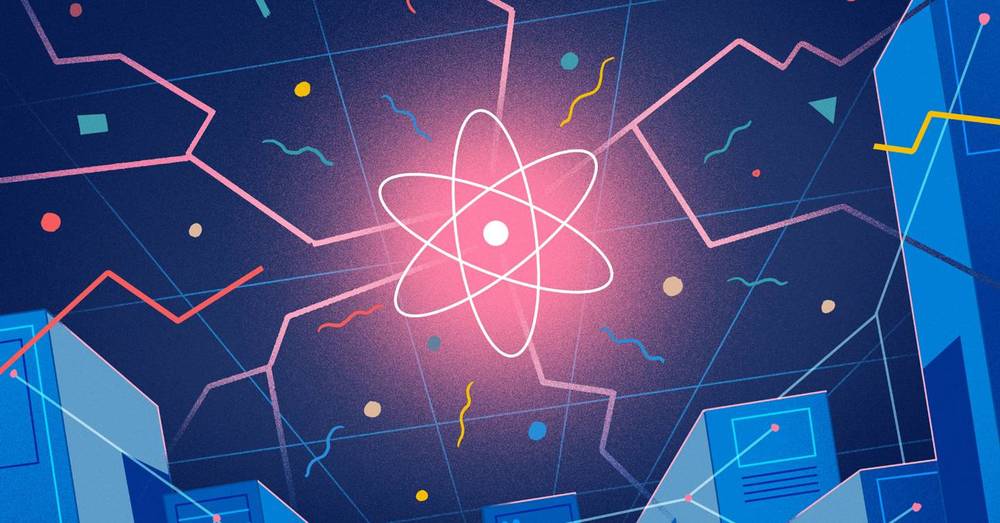To save the tamper-proof ledger from quantum-enabled hackers, the two technologies will join forces. If they don’t, data is at risk.



But despite all our advances, we’re not a whole lot closer to creating net-positive nuclear fusion. Put simply, that’s because these machines just take so much energy to generate plasma.
In fact, Wendelstein 7-X isn’t even intended to generate usable amounts of energy, ever. It’s just a proof of concept.
But for years, Hora and her team have been working on alternative designs. And in this study, they tested them out experimentally as well as through simulations.


A strong earthquake of 6.9 magnitude struck off the southern Philippine island of Mindanao on Saturday and small tsunami waves were possible along its coast as well as in parts of Indonesia and Palau, the Pacific Tsunami Warning Center said.
There were no reports of casualties or damage, from the earthquake, which the U.S. Geological Survey (USGS) said struck 193 km (120 miles) east of the Philippine city of General Santos, at a depth of 60 km (37 miles).
The Pacific Tsunami Warning Center initially said “hazardous tsunami waves” were possible within 300 km (186 miles) of the epicenter along the coasts of Indonesia and the Philippines.

The international mobile communications system is built on top of several layers of technology, parts of which are more than 40 years old. Some of these old technologies are insecure, others have never had a proper audit and many simply haven’t received the attention needed to secure them properly. The protocols that form the underpinnings of the mobile system weren’t built with security in mind.
Security flaws threaten our privacy and bank accounts. So why aren’t we fixing them?




In 1961, Nancy Grace Roman was already the first Chief of Astronomy in NASA’s Office of Space Science. She developed that program in a time before the second wave of the Women’s Movement in the United States began, when banks often refused women credit in their own names and there was still an active medical debate about whether women could ever physically endure spaceflight someday. But Roman opened the skies to humanity in new ways without ever leaving the ground.
She earned her Ph.D. in astronomy at the University of Chicago in 1949 and worked at the Yerkes Observatory there for six years afterward. She joined the radio astronomy group at the Naval Research Laboratory, becoming the head of the microwave spectroscopy section. As she recalled in 1980 in an oral history interview with National Air and Space Museum curator David DeVorkin, when she heard that NASA might set up a space astronomy program, she wanted to lead it: “The idea of coming in with an absolutely clean slate to set up a program that I thought was likely to influence astronomy for 50 years was just a challenge that I couldn’t turn down. That’s all there is to it.” She joined NASA in 1959, just after the agency’s founding.
Roman opened the skies to humanity in new ways without ever leaving the ground.

This could be precursor to Earth’s poles swapping places.
Above our heads, something is not right. Earth’s magnetic field is in a state of dramatic weakening – and according to mind-boggling research from earlier this year, this phenomenal disruption is part of a pattern lasting for over 1,000 years.
Earth’s magnetic field doesn’t just give us our north and south poles; it’s also what protects us from solar winds and cosmic radiation – but this invisible force field is rapidly weakening, to the point scientists think it could actually flip, with our magnetic poles reversing.
As crazy as that sounds, this actually does happen over vast stretches of time. The last time it occurred was about 780,000 years ago, although it got close again around 40,000 years back.